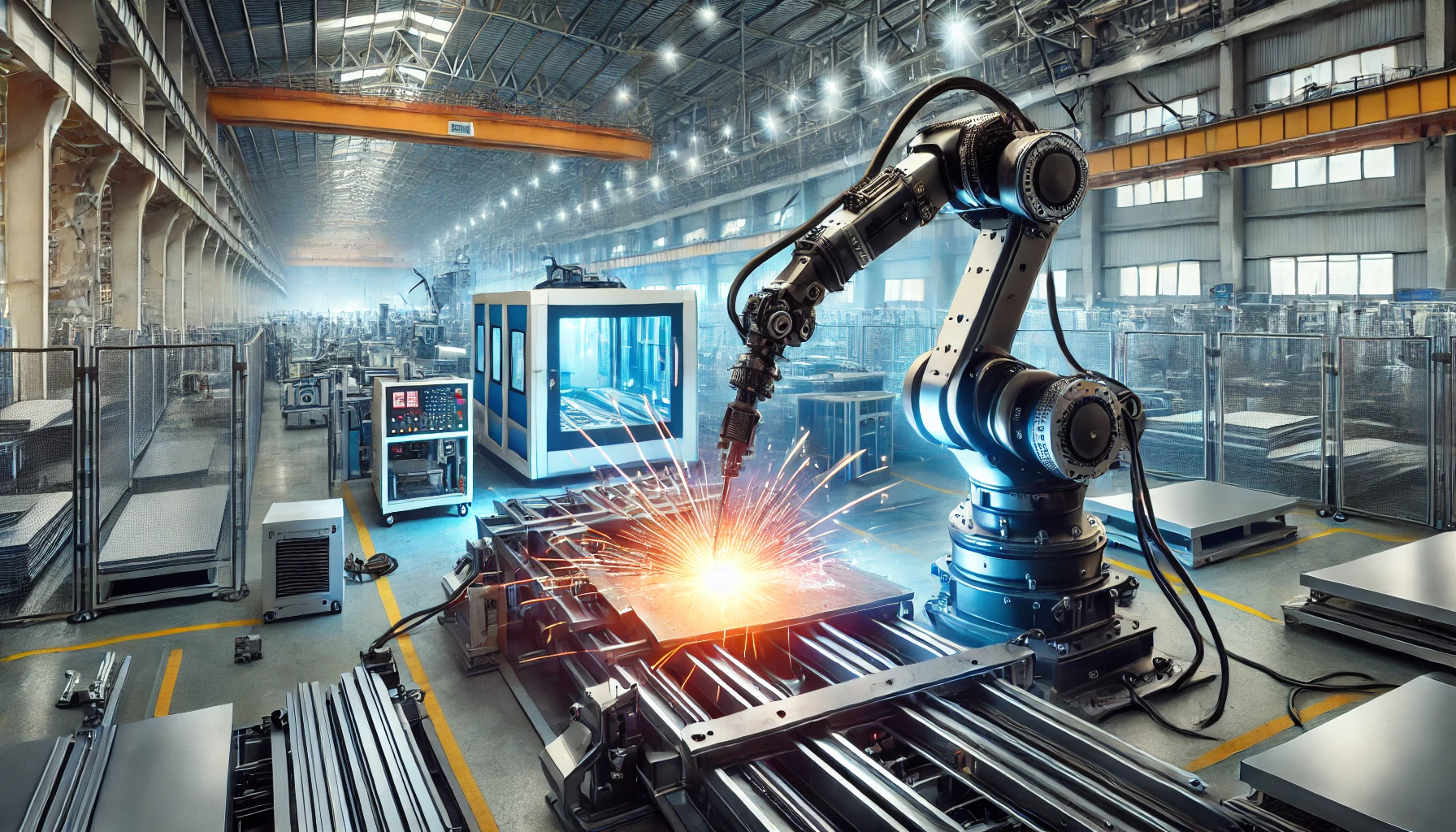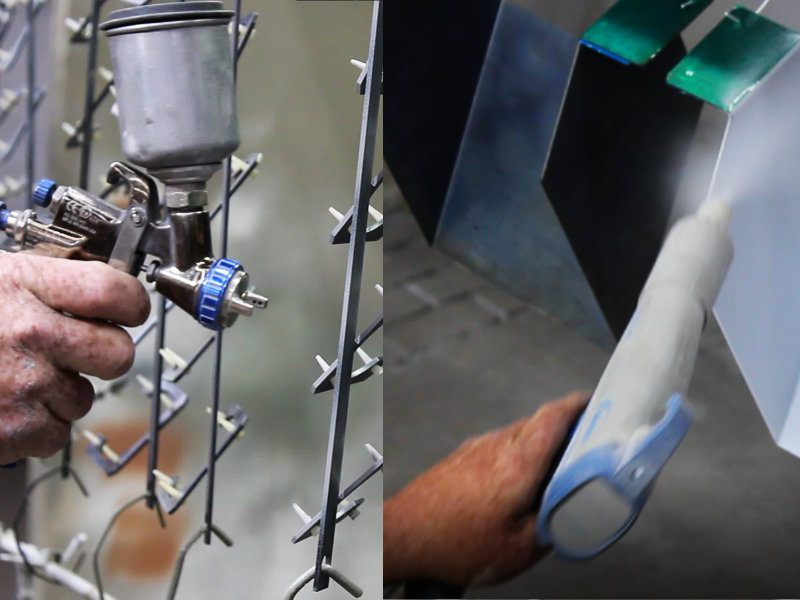While welding is a simple process, metals are dynamic and tend to change during the welding process. Some metal pieces may expand rapidly when heated thus weakening the structure. A metal with a weakened structure may deform and develop cracks and possibly break the weld.
A welding defect is a surface irregularity, inconsistency, imperfection, or discontinuation that occurs on a welded part. It is any deviation, whether in size or shape of a metal structure in relation to its requirements.
A welding defect can occur during any stage of the process. It can affect either or both the inside and outside of the metal structure. Here are the various ways to prevent welding defects;
Use of Low Hydrogen Filler Metals
There are many manufactures out there who offer a wide variety of products. While not all products are standard, it’s advisable to look for stick electrodes and flux-cored wires that produce low levels of diffusible hydrogen. Using these metals can be a good way to ward off welding defects that arise from hydrogen-induced cracking.
Also known as cold cracking, hydrogen-induced cracking occurs after the weld has cooled. It results from the stress from the base material restraining along the weld. When welding thicker materials, use filler metals with the least amounts of hydrogen. They are more prone to failure due to the creation of high restraint areas that lead to fast cooling.
Proper Matching of Filler Metal and Base Material Strength
Choosing the right filler metal strength can largely reduce weld defects. To achieve this, you have to match the filler metal yield strength to that of the base material. These strengths should be as close as possible to avoid irreversible defects.
When welding a lower strength material to another of exceeding strength, select a filler that matches the material on the lower end. Also, when creating fillet joints, undermatching the strength of the filler metal to the base material is imperative to reduce stress on the weld.
Pre- and Post-Weld Materials Correctly
Materials that have high alloy or high carbon levels are likely to depict weld failures due to cracking. Due to their apparent low ductility, they generate high residual stress along the finished weld during cooling.
To avoid stressing the base material, its essential to preheat such materials in the appropriate temperature and time recommendations as per the underlying weld procedure. Prior heating reduces rapid cooling and helps maintain a more ductile structure in the welded zone.
Post-weld heat treatment also helps reduce the residual stress to prevent weld defects that occur due to cold cracking.
Implementation of Proper Filler Storage
Improper storage of the filler materials leads to the accumulation of oil, debris, dust, and moisture. These contaminants are likely to cause weld defects as they alter the general state of the filler.
To avoid such failures, its essential to follow the storage guidelines provided. Storing the filler metals in their original packaging before use will protect them from all these contaminants. Ensure you keep the filler at the same temperature avoid condensation.
The welding operator should as well wear gloves to avoid handling the filler with moisture from their hands.
Proper Training
The ultimate way to prevent simple weld defects is through proper education. Instilling good welding techniques to the operators will equip them with the ultimate knowledge needed to prevent the occurrence of simple defects. They should be trained on how to follow welding procedures as well as how to troubleshoot common issues while welding.
The Bottom Line
Are you looking forward to a flawless welding procedure? This is only possible when working with the best industry experts. Contact us today for the ultimate welding experience, and we’ll be there for your call.
{{cta(‘1615cd3c-4bbe-4d95-8408-39a73e91a111′,’justifycenter’)}}




